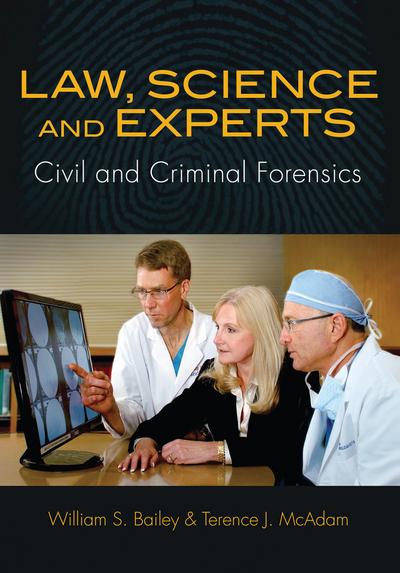Law, Science and Experts
Civil and Criminal Forensics
by William S. Bailey, Terence J. McAdam
2014
Tags: Civil Procedure; Criminal Law; and Evidence
358 pp $80.00
ISBN 978-1-61163-188-3
eISBN 978-1-5310-0591-7
While science and technology have taken a major role in resolving legal disputes, experience has shown the difficulty of determining the reliability of this evidence. This book takes an in-depth look at the challenges of experts and forensic evidence, both civil and criminal, exploring the conflicts between law the science, the judicial gatekeeper function and the impact of the adversary system.
The main objectives of the book are to use evidence, procedure and doctrinal information in solving challenging real-life problems involving expert testimony. It requires the use of strategy and effective communication skills. The teacher's manual has civil and criminal case material that will provide guided experiential learning opportunities for law students.
The book is equally useful to civil and criminal practitioners, drawing on the informed perspectives of judges, law professors, leading practitioners and forensic experts.
This book is the first of its kind in the legal field, a hybrid approach that analyzes cases and trends regulating the use of expert testimony. The use of science and mathematics is approached in a user-friendly way for non-scientists, effectively decoding what the Daubert decision actually means for actual practice. The authors cover the total range of both civil and criminal forensics, giving the reader a comprehensive foundation. Above all else, a book on forensics should be interesting and this one is all of that, drawing from multiple interviews of insiders who are well-familiar was the use and abuse of expert testimony. The multiple color illustrations are totally unique for a law book, reinforcing the text, making a vivid experience for both teacher and student. A DVD of a computer animation presenting expert testimony gives the book a distinct high tech slant.
"The scope of the book is remarkable given its approximately 300 pages. […]Equally valuable for the lawyer or law student are the chapters that clearly and concisely describe various types of forensic scientific evidence and tests that are presented in the typical American trial. […]In short, Law, Science and Experts covers all three topics well, providing valuable insights for both law students and experienced civil and criminal trial lawyers. Any lawyer who tries cases in court should have this book on the office shelf." — Frederick Moss, Professor Emeritus, SMU Dedman School of Law
"Everything needed to effectively translate the forensic expert's world into that of the expert advocate is here." — John Mitchell, Professor, Seattle University School of Law
"The authors cover forensics in depth, which results in giving the reader a comprehensive understanding on the topic. […]Throughout the book, the authors emphasize practical, how-to ideas. […]Law, Science and Experts is a must read for any trial lawyer. Everything taught is applicable to both sides of a case, in both the civil and criminal areas. Unlike any other book available, this book explains how to advocate through experts and how to use critical evidence, bias, and visual aids to effectively teach and persuade the trier of fact." — Elizabeth J. Donaldson, Washington State Association for Justice's Trial News
"One of the book's highlights is the takeaways at the end of each chapter: convenient lists that summarize the key points and can serve as a quick guide for preparing an outline. Another highlight is practical advice from an array of litigators, forensic scientists, and jurists. Their insights—such as a judge's perspective on Daubert challenges—are invaluable [...] This guide is worth a place on every trial lawyer's shelf." — Laura G. Tamez, Trial magazine
Comp Copy If you are a professor teaching in this field you may request a complimentary copy.


